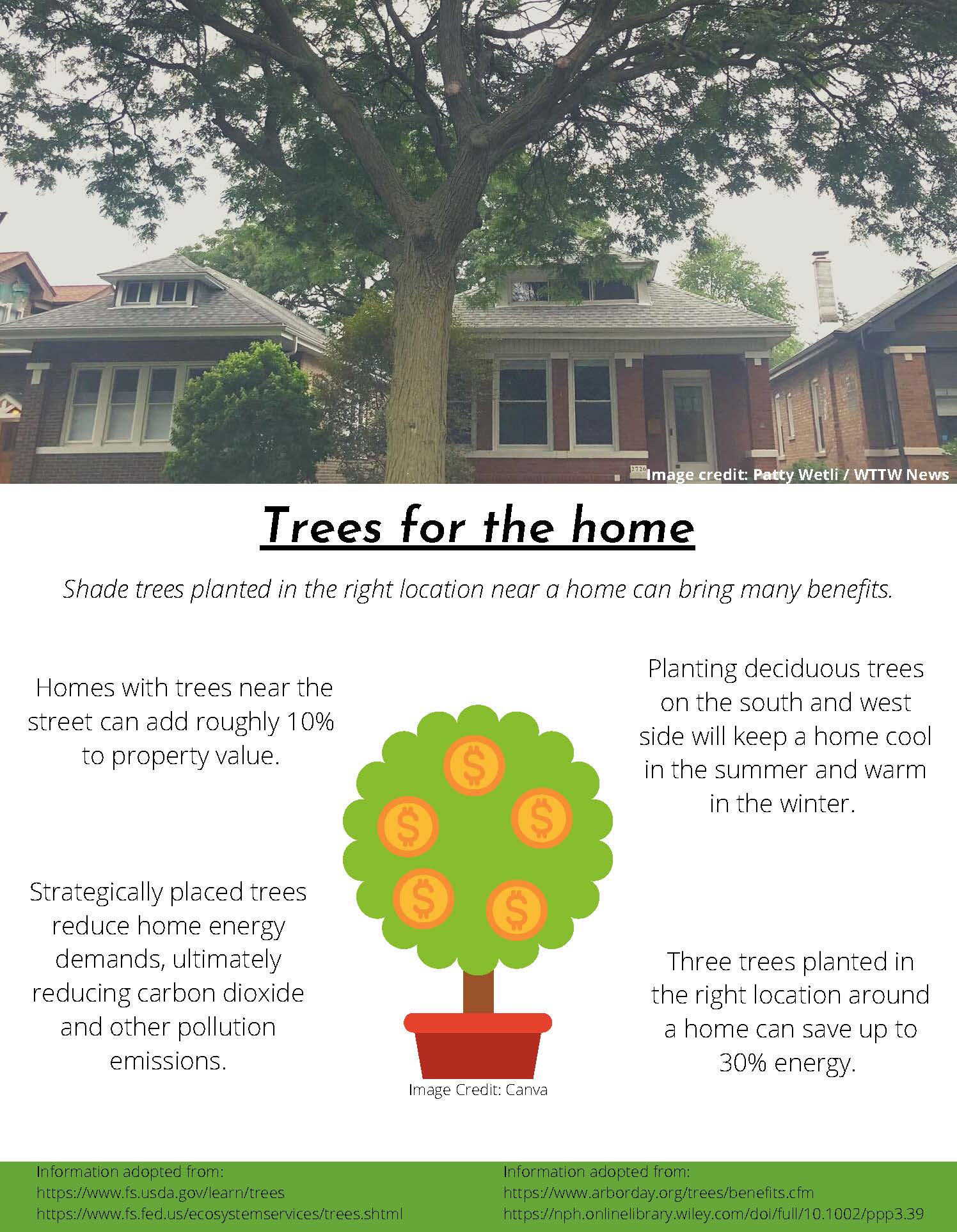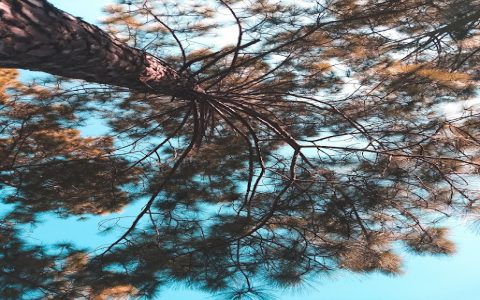Understanding Indoor Trees
An indoor tree refers to a tree species cultivated and maintained inside a building, typically in a container. These are generally woody-stemmed plants scaled to fit interior spaces, ranging from small bonsai specimens like Ficus to larger statement plants like the Fiddle Leaf Fig or Money Tree.
Key Benefits of Indoor Trees
Incorporating trees into interior environments offers significant advantages:
- Enhanced Air Purification: Trees absorb carbon dioxide and pollutants (like VOCs benzene and formaldehyde) through photosynthesis, releasing oxygen and improving indoor air quality.
- Increased Humidity: They naturally release moisture vapor via transpiration, combating dry indoor air, especially beneficial in heated or air-conditioned spaces.
- Noise Reduction: Foliage can help absorb, diffract, and reflect sound waves, reducing ambient noise levels.
- Psychological Well-being: Studies link indoor greenery to reduced stress, enhanced mood, improved focus, and boosted cognitive function.
- Aesthetic Impact: They add visual interest, structure, texture, and a vibrant connection to nature, elevating interior design.
Easy Care Tips for Indoor Trees
Successfully maintaining an indoor tree requires understanding its basic needs:

- Light is Paramount: Research your tree's specific light requirements (bright indirect, medium, low-light tolerant). Place it accordingly near appropriate windows. Rotate containers quarterly for even growth.
- Water Wisely: Overwatering is the most common killer. Check soil moisture regularly – water only when the top few inches feel dry. Ensure pots have drainage holes. Water thoroughly until water runs out the bottom, then empty the saucer. Reduce frequency during winter (dormant phase).
- Use Suitable Soil: Employ a well-draining, high-quality potting mix designed for container plants or specific to your tree type (e.g., cactus mix for succulents).
- Maintain Humidity: Group plants together, use pebble trays with water, or employ a humidifier near the plant, especially for tropical species.
- Feed Appropriately: Apply a balanced, water-soluble fertilizer diluted to half-strength during the active growing season (spring/summer), typically every 4-6 weeks. Avoid fertilizing in fall and winter.
- Prune & Clean: Prune dead or damaged leaves and branches to encourage healthy growth and maintain shape. Regularly wipe dust off leaves with a damp cloth to allow for proper photosynthesis.
- Monitor for Pests: Inspect leaves (top and bottom) and stems regularly for signs of insects like spider mites, scale, or mealybugs. Treat promptly with insecticidal soap or neem oil.
- Repot When Needed: Repot every 2-3 years or when roots become pot-bound (visible at drainage holes or circling the root ball). Use a container only slightly larger than the previous one.







